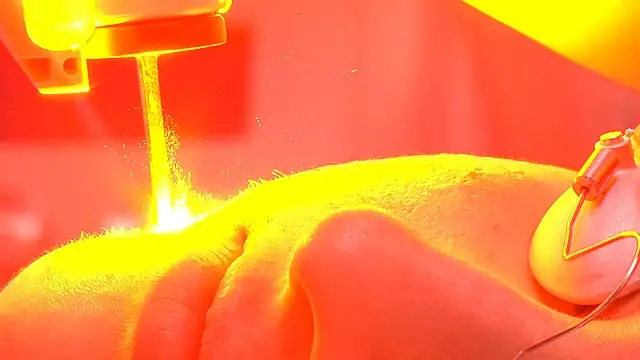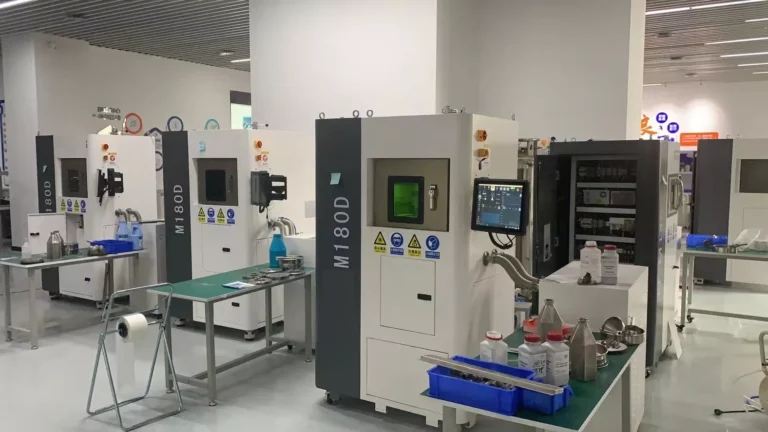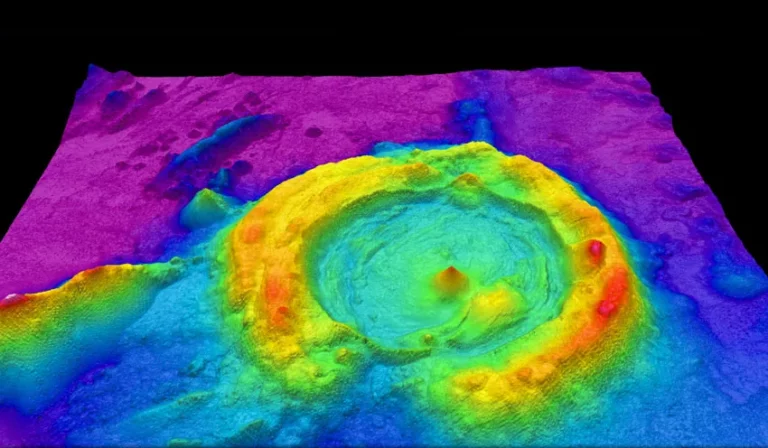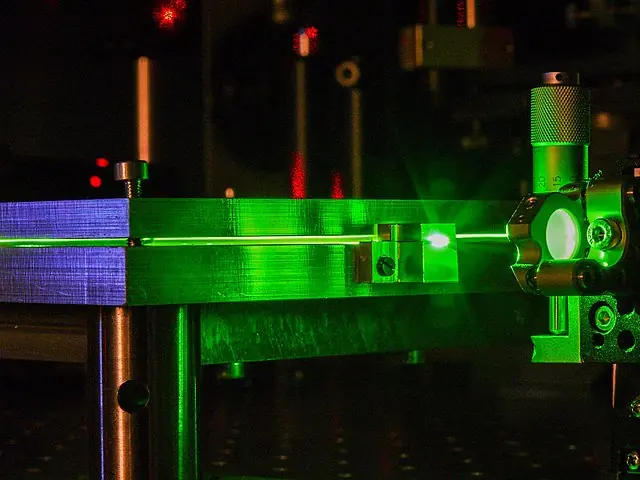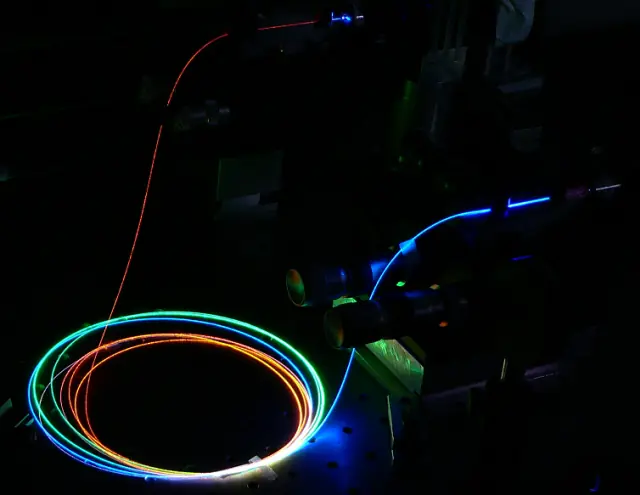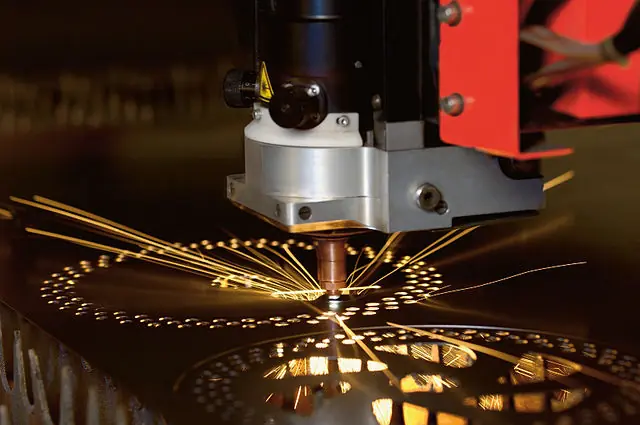How Do Tattoo Removal Lasers Work?

How do tattoo removal lasers work? This article will provide an in-depth examination of the science behind tattoo removal lasers, exploring their historical background, fundamental concepts, current research, applications, implications, and future prospects. By understanding the mechanisms behind these lasers, readers will gain a comprehensive appreciation of this important technology.
Historical Background
The history of tattoo removal dates back centuries, but it wasn’t until the 20th century that significant progress was made in developing effective and less invasive methods. Early techniques included dermabrasion, salabrasion, and surgical excision, which were often painful and left scarring. The first significant milestone in laser tattoo removal came in the 1960s, when Leon Goldman and R. James Rockwell Jr. pioneered the use of lasers for medical purposes. The 1980s saw the introduction of the Q-switched laser, which revolutionized the field by delivering short, high-energy pulses that targeted tattoo ink without damaging the surrounding tissue.
Fundamental Concepts and Principles Behind Laser Tattoo Removal
Laser tattoo removal is primarily based on the principles of selective photothermolysis, which involve using specific wavelengths of light to target and break down tattoo ink particles. The process is as follows:
- Tattoo composition: Tattoos consist of ink particles injected into the dermis, the second layer of the skin. These particles vary in size, type, and color, which can impact the effectiveness of laser removal.
- Laser light properties: Lasers emit light with specific wavelengths, which can be precisely controlled and focused. This allows targeted interaction with tattoo ink particles while minimizing damage to surrounding tissue.
- Selective photothermolysis: The cornerstone principle of laser tattoo removal, selective photothermolysis, involves using specific wavelengths of light to selectively target and break down tattoo ink particles. The chosen wavelength is absorbed by the ink particles, while the surrounding tissue remains mostly unaffected. The absorbed energy heats the ink particles, causing them to break apart into smaller fragments.
- Fragmentation and immune response: Once the ink particles have been fragmented, the body’s immune system responds. Macrophages, a type of white blood cell, engulf and remove the smaller ink particles, gradually fading the tattoo over time. Multiple laser sessions are typically required, as each treatment further breaks down the ink particles and allows the immune system to remove more of them.
- Q-switched lasers: These lasers revolutionized tattoo removal by delivering short, high-energy pulses that can target tattoo ink with minimal damage to the surrounding tissue. Q-switched lasers operate in nanosecond
The effectiveness of the laser treatment depends on several factors, including ink color, tattoo size, location, and the individual’s skin type. Different wavelengths are used to target various ink colors, with black ink being the easiest to remove due to its ability to absorb all laser wavelengths. Green and blue inks, on the other hand, require more specific wavelengths for effective removal.
Tattoo Removal Procedure: What to Expect, Costs, Risks, and Effectiveness
The tattoo removal process typically involves a series of sessions spaced several weeks apart to allow for healing and ink breakdown between treatments. The specific number of sessions required depends on factors such as the tattoo’s size, colors, location, and age. Here is an overview of the procedure:
- Consultation: A professional will evaluate the tattoo and discuss the patient’s goals, expectations, and any potential risks or complications. They will also estimate the number of sessions needed and provide a cost breakdown.
- Preparation: The area is cleaned, and a topical anesthetic may be applied to minimize discomfort during the procedure.
- Laser treatment: The practitioner will use a handheld laser device to deliver targeted pulses of light to the tattoo ink, breaking it down into smaller particles. The duration of each session varies based on the tattoo’s size and complexity.
- Aftercare: The treated area may be covered with a bandage or dressing, and patients will receive instructions for proper care to promote healing and minimize the risk of complications.
What to Expect
During the procedure, patients may experience some discomfort or a sensation similar to a rubber band snapping against the skin. Following treatment, the area may be red, swollen, and tender for a few days. As the body’s immune system works to remove the broken-down ink particles, the tattoo will gradually fade over several weeks.
Average Costs
The cost of laser tattoo removal varies depending on factors such as the size and complexity of the tattoo, the type of laser used, and the geographic location of the clinic. On average, prices can range from $200 to $500 per session.
It is essential to consider the number of sessions required for complete tattoo removal, as this significantly impacts the overall cost. Generally, a small, simple, black-ink tattoo might require around 3 to 6 sessions, while larger or more intricate tattoos with multiple colors can take anywhere from 6 to 15 sessions or more. As a result, total costs for tattoo removal can range from $600 to $7,500 or higher, depending on the specific circumstances.
During the initial consultation, the practitioner will provide an accurate estimate of the number of sessions needed, taking into account factors like the tattoo’s size, age, color, location, and the individual’s skin type. This information will help patients budget appropriately for the entire tattoo removal process.
Potential Risks
Although laser tattoo removal is considered a safe and effective procedure, there are potential risks and side effects, including:
- Infection: Proper aftercare is crucial to minimize the risk of infection. Patients should follow their practitioner’s instructions carefully and seek medical attention if signs of infection arise.
- Scarring: Some patients may experience scarring or changes in skin texture, especially if they have a history of keloids or hypertrophic scarring.
- Hypo- or hyperpigmentation: Changes in skin color can occur in the treated area, either becoming lighter (hypopigmentation) or darker (hyperpigmentation) than the surrounding skin. This is more common in individuals with darker skin tones.
- Incomplete removal: In some cases, tattoos may not be entirely removed, and faint traces of ink may remain visible even after multiple sessions.
The effectiveness of laser tattoo removal depends on several factors, including the type and quality of the laser, the skill and experience of the practitioner, and the tattoo’s characteristics. Modern Q-switched lasers have shown to be highly effective at removing most tattoos, with a success rate of approximately 75% to 90%.
Current Tattoo Removal Laser Research and Advancements
Recent advancements in laser technology have led to the development of more efficient and effective tattoo removal systems. Among these innovations are:
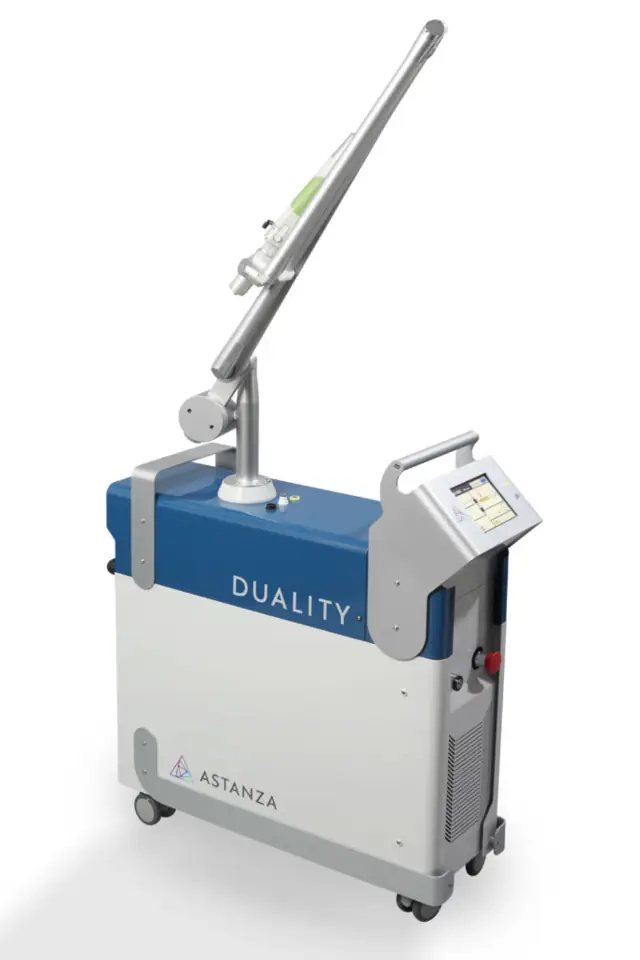
- Pico-second lasers: These lasers deliver ultra-short pulses in the picosecond range (one trillionth of a second), enabling more precise targeting and more effective ink fragmentation compared to traditional Q-switched lasers.
- Multi-wavelength lasers: Advanced systems now combine multiple wavelengths to target a broader range of ink colors, making the removal process more efficient and less time-consuming.
- R20 and R0 protocols: These methods involve multiple laser passes during a single session, with cooling intervals in between, resulting in faster clearance of the ink particles and fewer overall treatment sessions.
Applications and Implications
The primary application of tattoo removal lasers is in the field of aesthetics and dermatology, helping individuals remove unwanted tattoos for various reasons, such as personal preference, career requirements, or to correct poorly executed tattoos. Additionally, laser tattoo removal can play a role in medical procedures, such as the removal of radiation therapy tattoos in cancer patients or gang-related tattoos in rehabilitation programs.
However, there are ethical and social implications to consider. The accessibility of tattoo removal lasers can lead to a less cautious attitude towards getting tattoos, as individuals may perceive them as easily reversible. Additionally, the process can be expensive and may not be accessible to everyone, potentially creating disparities in treatment availability.
Future Prospects and Challenges For Tattoo Removal Lasers
The future of tattoo removal lasers lies in continued research and development aimed at improving the efficacy, safety, and accessibility of these treatments. Key areas of focus include:
- Developing lasers that can effectively target notoriously difficult ink colors, such as yellow and white.
- Refining laser systems to minimize side effects, such as scarring, skin discoloration, or textural changes.
- Exploring affordable and accessible alternatives to existing technology, such as topical agents or bioengineered tattoo inks that can be more easily removed.
Conclusion
In conclusion, understanding how tattoo removal lasers work is essential in appreciating the complex interplay between technology and dermatology. From the early days of dermabrasion and surgical excision to the cutting-edge developments in pico-second lasers and multi-wavelength systems, the field has come a long way in offering safer and more effective solutions to unwanted tattoos. However, with these advancements come ethical, social, and environmental considerations that must be addressed.
As we continue to explore the future prospects and challenges in the realm of tattoo removal lasers, it is crucial to remain informed and engaged in the ongoing research and technological advancements. By doing so, we can better understand the implications of this technology on individuals, society, and the environment, and work towards a future where tattoo removal is not only safe and effective, but also accessible to all. We encourage readers to further explore the science behind tattoo removal lasers and contribute to the conversation surrounding its advancement and responsible use.

